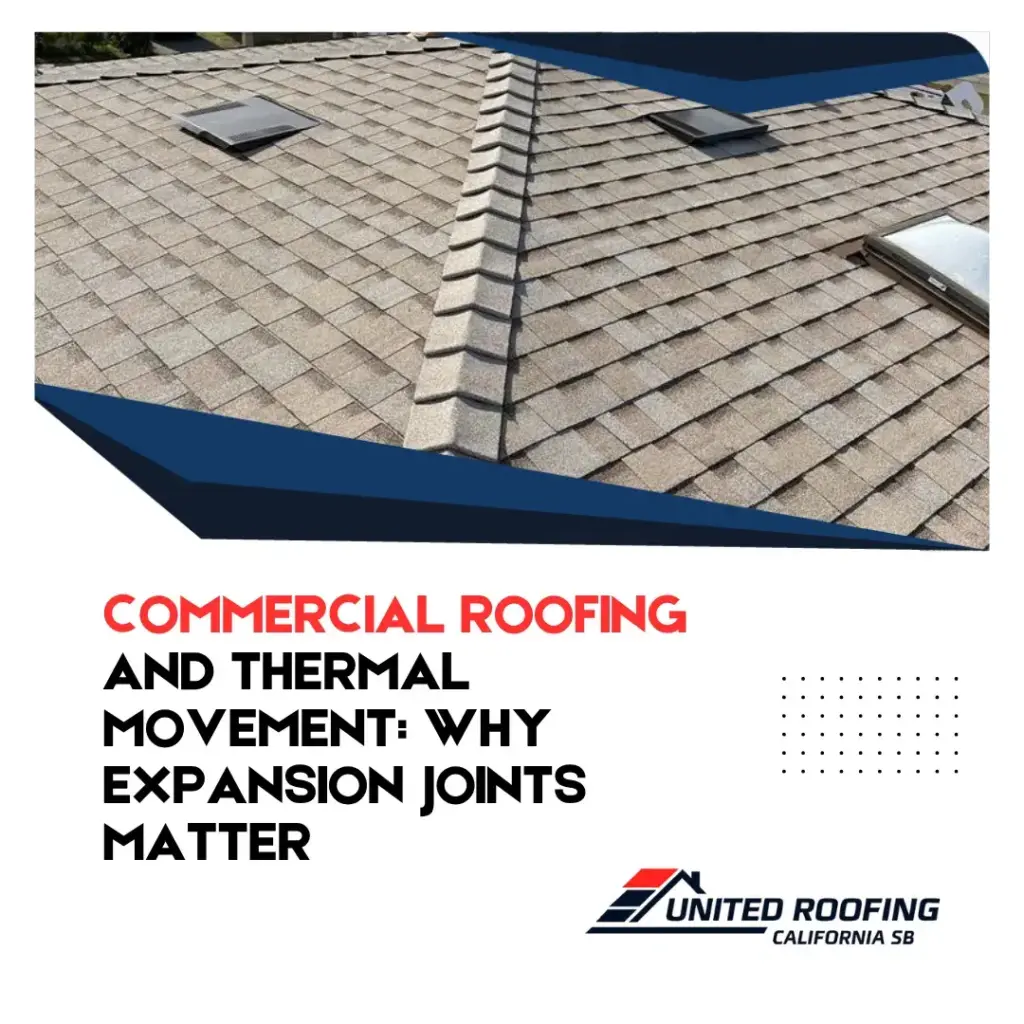Thermal movement is one of the most underestimated threats to commercial roofing systems. As temperatures rise and fall, roofing materials expand and contract. Over time, this constant shift can lead to cracks, membrane failure, and structural stress. That’s where expansion joints come in—they absorb this movement, preserve the integrity of the roof, and help maintain long-term performance. Ignoring this key component in roof design can result in premature failure and costly disruptions to building operations.
Understanding Thermal Movement in Roofing Systems
Commercial roofs, especially flat and low-slope systems, cover large surface areas that are exposed to extreme daily and seasonal temperature changes. This constant expansion and contraction causes stress on membranes, seams, and fasteners. Without a flexible solution in place, thermal cycling will inevitably lead to material fatigue and water intrusion. Designing a commercial roofing system that accounts for movement is critical to ensuring long-term durability and weather resistance.
The Function and Placement of Expansion Joints
Expansion joints are built into roofing systems to relieve stress caused by thermal shifts. These joints divide the roof into sections that can move independently without damaging the membrane or substrate. Common placement includes long uninterrupted spans, changes in elevation, and connection points between structural components. A well-executed joint design ensures flexibility while preserving the waterproof integrity of the system, making it a non-negotiable element of quality commercial roofing.
Damage Caused by Missing or Failing Expansion Joints
When expansion joints are overlooked or improperly installed, the result is often visible damage. Seams may split, flashing can pull away from edges, and membranes may buckle or wrinkle. These conditions compromise waterproofing and open the door to leaks, mold growth, and insulation damage. What starts as thermal pressure can quickly evolve into interior water issues and structural compromise. Regular inspections help identify early signs of movement-related failure and guide corrective action.
Preventive Design for Long-Term Performance
To ensure thermal movement doesn’t shorten the life of your commercial roof, proactive design is essential. This includes selecting flexible materials, properly spacing expansion joints, and working with experienced professionals who understand load dynamics and climate conditions. A system built to accommodate expansion and contraction will outperform one that resists movement. Ultimately, factoring in expansion joints is not just good design—it’s a vital step in preventing system failure and ensuring your investment stands the test of time.
Learn More
Why Expansion Joints Are Critical for Long-Lasting Commercial Roofing

